The finish of a forged wheel refers to the final surface treatment or coating applied to the wheel after it has been forged, machined, and polished. This finish determines the wheel's appearance, durability, and resistance to environmental factors such as corrosion, UV rays, and wear. Forged wheels are typically made from high-strength aluminum alloys, and the finish enhances both their aesthetic appeal and functional performance.
Types of Finishes for Forged Wheels:
1.Polished Finish:
A high-gloss, mirror-like finish achieved by buffing the wheel's surface.
Offers a luxurious look but requires regular maintenance to prevent oxidation.
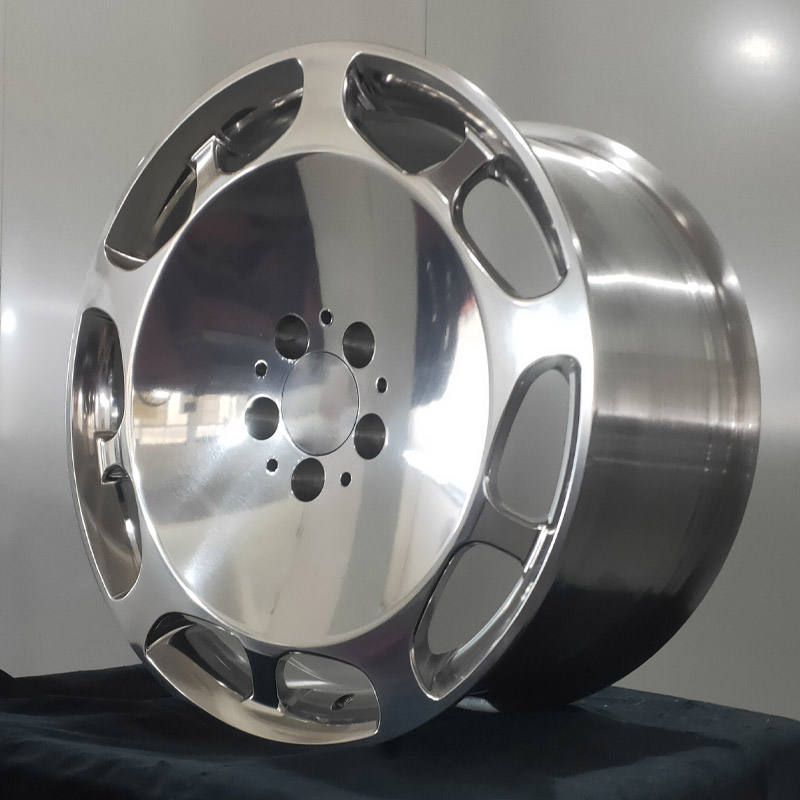
2.Painted Finish:
A layer of paint is applied to the wheel, available in various colors and textures (gloss, matte, or satin).
Provides good protection and customization options.
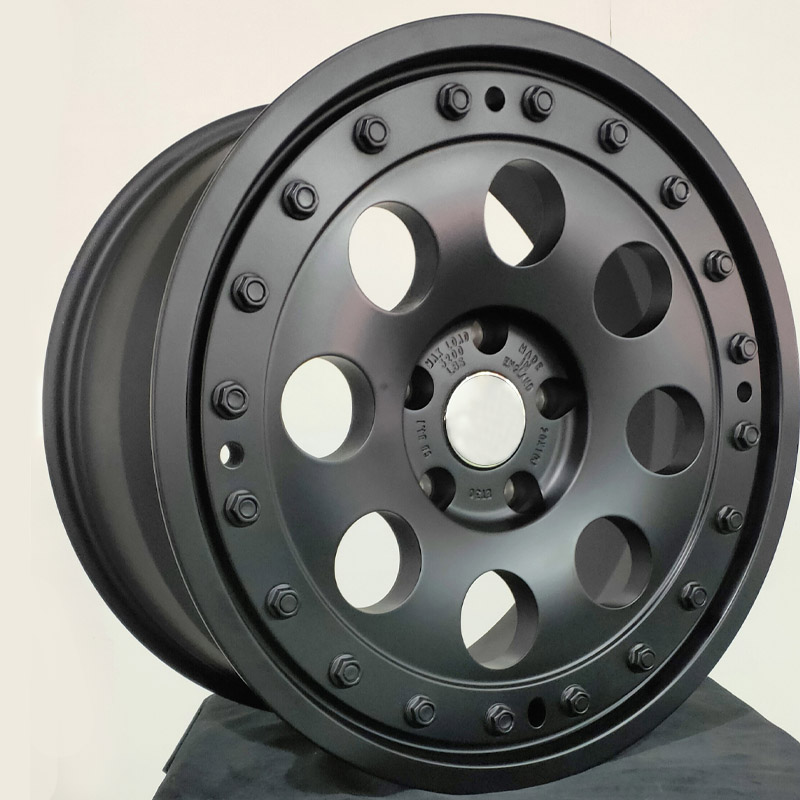
3.Powder-Coated Finish:
A dry powder is electrostatically applied and then cured under heat to form a hard, durable coating.
Known for its resistance to chipping, scratching, and fading.
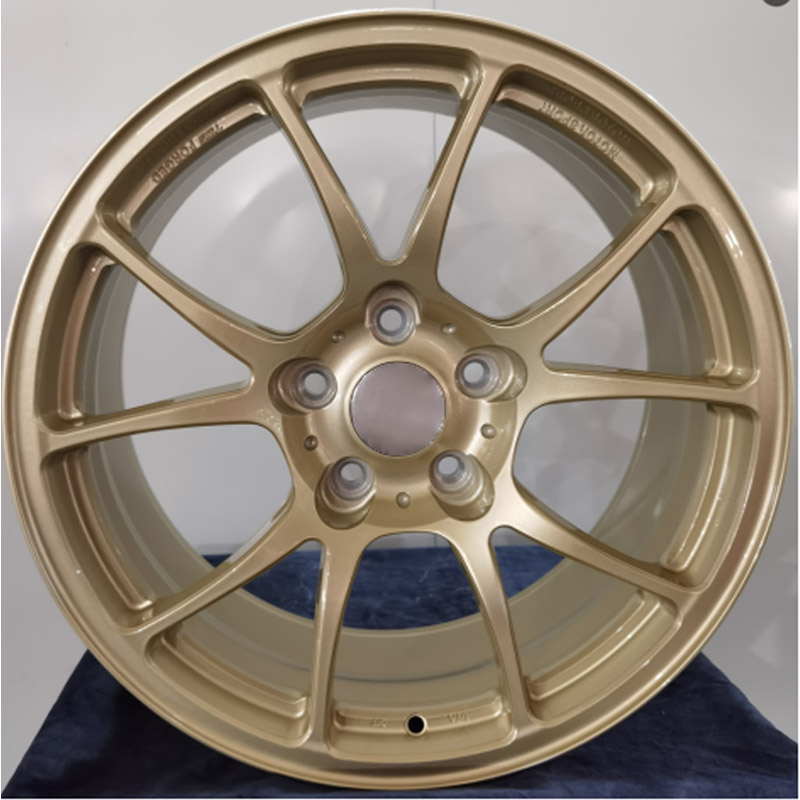
4.Machined Finish:
The wheel is precision-machined to create a smooth, shiny surface, often with a clear coat for protection.
Highlights the wheel's design and craftsmanship.
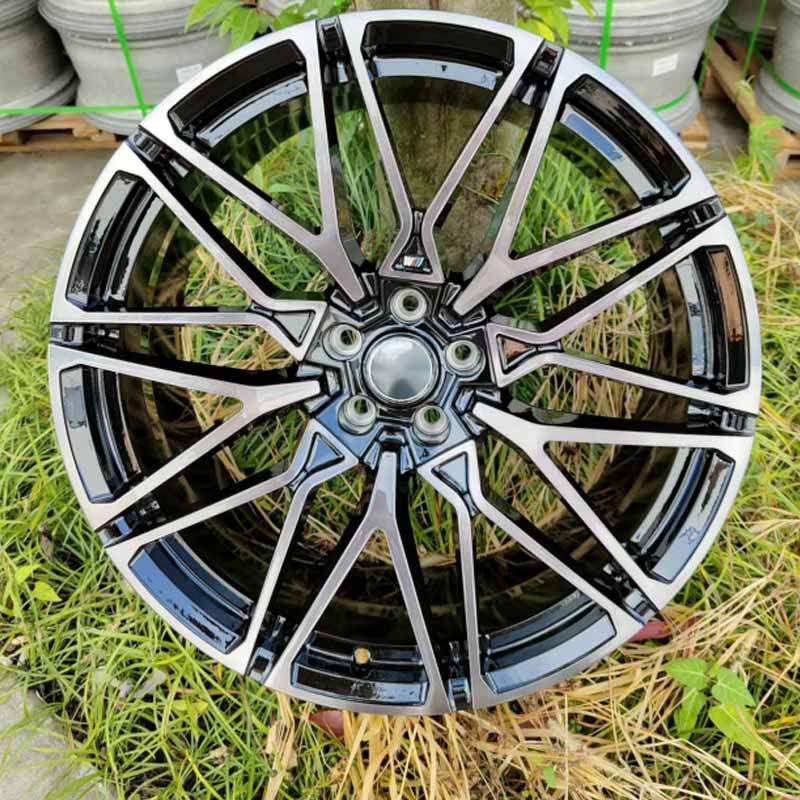
5.Chrome Finish:
A layer of chromium is electroplated onto the wheel, creating a highly reflective, mirror-like surface.
Luxurious and durable but prone to peeling if not properly maintained.
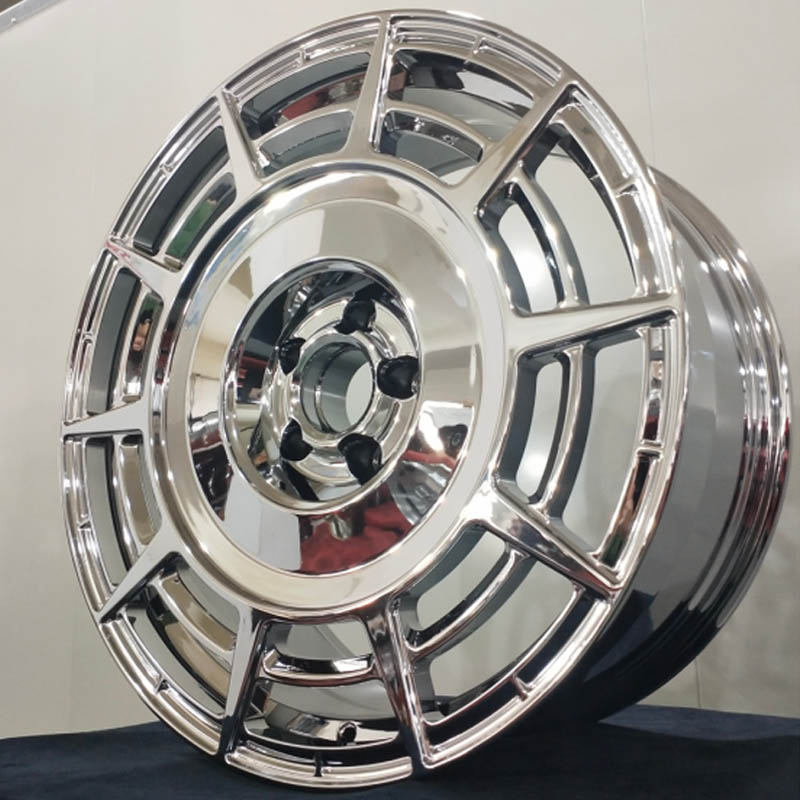
6.Satin or Matte Finish:
A non-reflective, smooth finish achieved through bead blasting or specialized coatings.
Modern and understated, with better resistance to visible scratches.
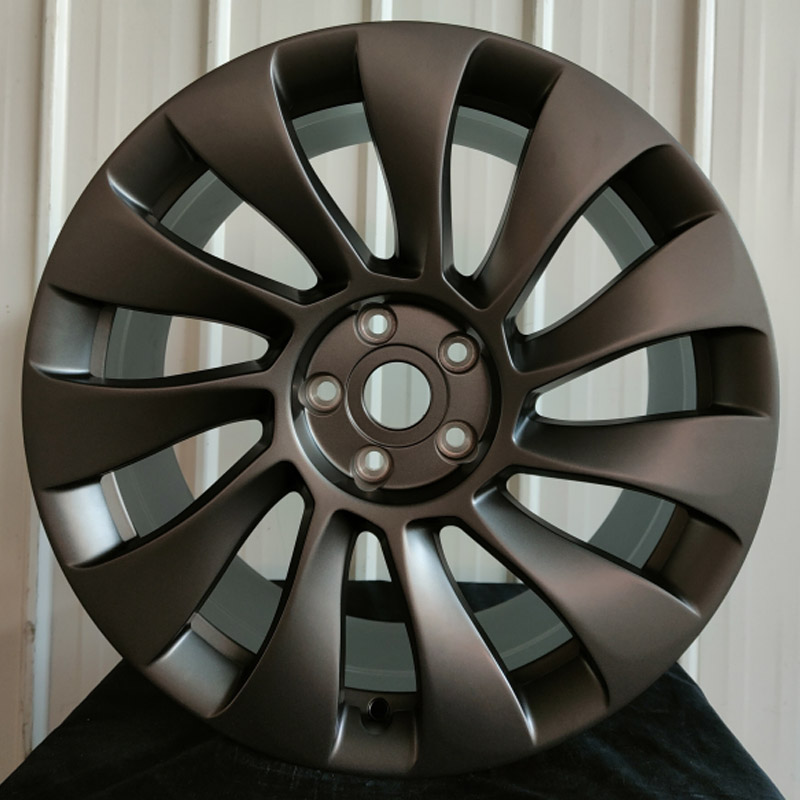
Importance of Finish
Aesthetic Appeal: The finish enhances the wheel's appearance, making it a key element of the vehicle's overall design.
Protection: Finishing protects the wheel.






